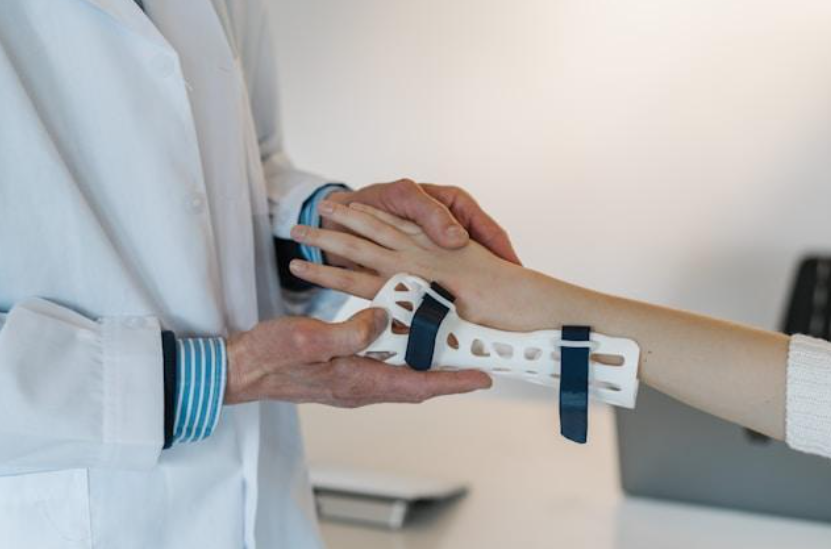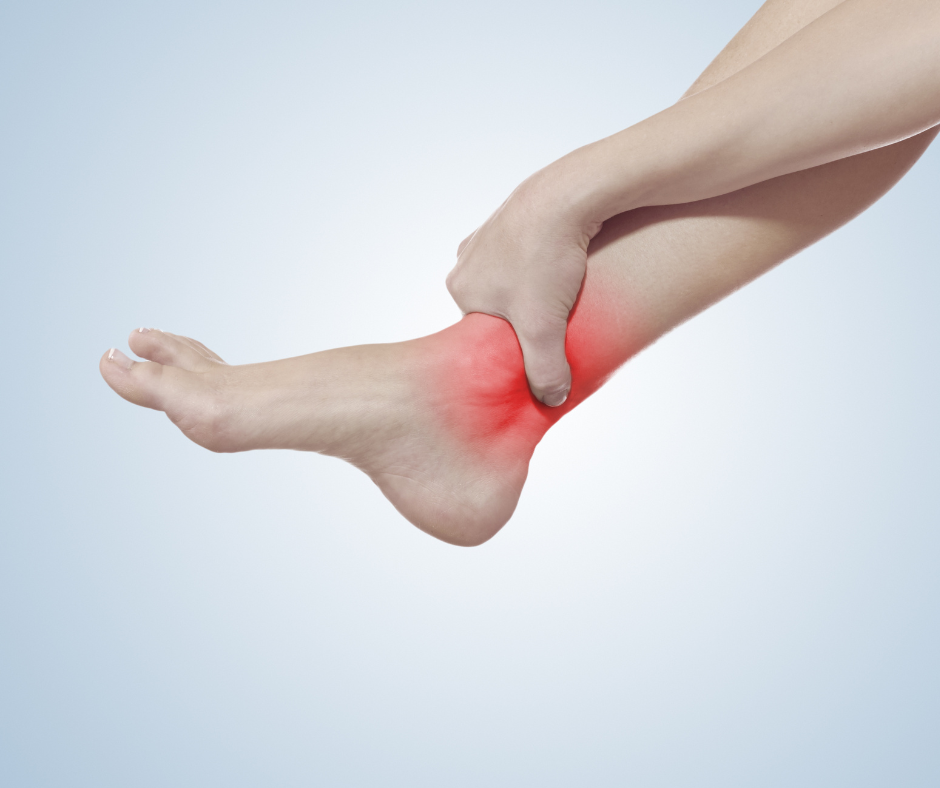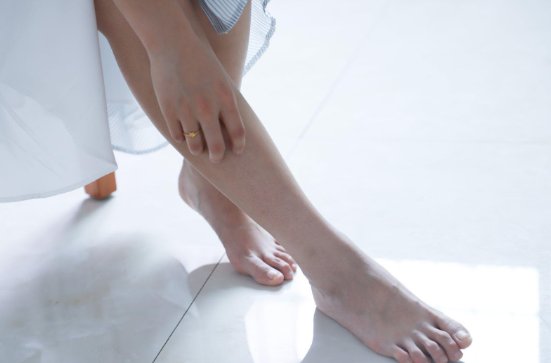THE PURPOSE OF ARTHROSCOPY & THE CONDITIONS IT TREATS
The Purpose of Arthroscopy and the Conditions It Treats

Arthroscopy is a minimally invasive surgical procedure commonly used by orthopedic surgeons to identify and treat joint-related disorders. Unlike traditional open surgery, which often requires large incisions, arthroscopy involves inserting a small camera, known as an arthroscope, through a tiny incision. This procedure allows doctors to view the inside of a joint on a monitor, making it easier to diagnose and treat various conditions with precision and minimal disruption to surrounding tissues.
Who Performs Arthroscopy?
Arthroscopy is generally performed by orthopedic surgeons specializing in joint disorders. These surgeons undergo extensive training in arthroscopic techniques, enabling them to handle the equipment safely and execute the surgery effectively. Their expertise guarantees that patients receive accurate diagnoses and appropriate treatments while minimizing risks.
Types of Arthroscopy
Arthroscopy can be applied to different joints in the body, depending on the problem. Some common types of arthroscopic procedures include:
- Knee Arthroscopy: Often used to diagnose and treat conditions like meniscus tears, anterior cruciate ligament (ACL) injuries, and cartilage damage.
- Shoulder Arthroscopy: Helps address rotator cuff tears, shoulder impingement, and joint instability.
- Hip Arthroscopy: Used for treating labral tears, hip impingement, and cartilage damage.
- Ankle Arthroscopy: Useful for removing loose bone fragments and repairing ligament damage.
- Elbow Arthroscopy: Typically performed to treat conditions like tennis elbow, loose bodies, and arthritis.
- Wrist Arthroscopy: Employed to diagnose and treat ligament tears, wrist fractures, and carpal tunnel syndrome.
Why Doctors Perform Arthroscopy
Arthroscopy is a versatile procedure that serves both diagnostic and therapeutic purposes. Here are the main reasons why doctors might recommend it:
Diagnosis
Arthroscopy allows doctors to visually examine the inside of a joint, helping them pinpoint the source of pain, swelling, or restricted movement. This is particularly valuable when imaging tests like X-rays or MRIs do not provide sufficient information.
Treatment
Surgeons use arthroscopy to address various joint issues, such as repairing torn ligaments, removing inflamed tissue or loose bodies, and smoothing rough cartilage surfaces.
Who Needs Arthroscopy?
Arthroscopy is commonly recommended for individuals who experience ongoing joint pain, swelling, or instability that doesn't respond to non-surgical treatments like rest, physical therapy, or injections. It is often used to address conditions such as meniscus tears, which can cause pain, swelling, and restricted knee movement and are particularly common among athletes and active individuals.
Ligament injuries, such as ACL tears, often require arthroscopic surgery to restore joint stability. Arthroscopy can also treat cartilage damage from degenerative changes or injuries that lead to pain and limited movement. Joint inflammation, known as synovitis, might necessitate arthroscopy to remove inflamed tissue, which causes discomfort and swelling. Also, arthroscopy can address loose body fragments of bone or cartilage that become lodged in the joint, leading to pain and mechanical issues and joint instability from recurrent dislocations or subluxations.
What Happens Before Arthroscopy?
Before undergoing arthroscopy, patients typically go through a thorough evaluation, including a review of their medical history and a physical examination. Imaging tests like X-rays, MRI scans, or CT scans may be ordered to assess the condition of the joint more clearly. Patients will receive instructions on preoperative preparations, which might include fasting and stopping certain medications.
What Happens During Arthroscopy?
Arthroscopy is performed under anesthesia, which may be general (the patient is asleep) or regional (only the area around the joint is numbed). The choice of anesthesia depends on the joint being treated and the complexity of the procedure. Once anesthesia is administered, the surgeon makes a small incision near the joint and inserts the arthroscope to visualize the inside. Additional small incisions may be made to insert surgical instruments if repairs are needed. After completing the procedure, the incisions are closed with sutures or adhesive strips, and a sterile dressing is applied.
What Happens After Arthroscopy?
Post-surgery, patients are monitored in a recovery area until the anesthesia wears off. Depending on the procedure's complexity and the patient's overall health, they might be discharged the same day or kept overnight for observation. Patients will receive detailed instructions on postoperative care, which may include pain management, using ice packs to reduce swelling, and specific exercises to aid in recovery. Attention to these recommendations is important to a successful recovery.
Benefits of Arthroscopy
Arthroscopy has several advantages compared to traditional open surgery. The use of small incisions results in minimal tissue damage and reduced trauma to surrounding areas. This approach not only promotes faster recovery, allowing patients to resume their normal activities more quickly but also minimizes scarring, making it less noticeable. The smaller incisions and limited exposure during the procedure significantly lower the risk of infection. Because of the minimally invasive nature of arthroscopy, patients generally experience less postoperative pain, making it a preferred choice for joint-related treatments.
Potential Risks and Complications
While arthroscopy is generally a safe procedure, there are some potential risks and complications, as with any surgery. Infection is a rare complication but can occur at the incision sites or within the joint. Minor bleeding might happen, although significant blood loss is uncommon. There is also a slight risk of developing blood clots, particularly in procedures involving the lower limbs. In rare cases, damage to nearby nerves or blood vessels may occur during the surgery. Some people may experience adverse reactions to anesthesia, which can lead to complications.
Recovery After Arthroscopy
Recovery varies depending on the joint treated and the specific procedure performed. Most patients experience some joint pain, swelling, and stiffness for a few days to weeks. Ice packs and elevation can help manage these symptoms. Physical therapy or specific exercises may be recommended to restore joint strength, flexibility, and function. Following the surgeon’s guidelines on weight-bearing and activity limitations is important for a smooth and successful recovery.
At
AZ Ortho, we specialize in advanced orthopedic care, including arthroscopy, to help you regain your mobility and live pain-free.
Contact us today to schedule a consultation and learn how we can assist with your orthopedic needs.










